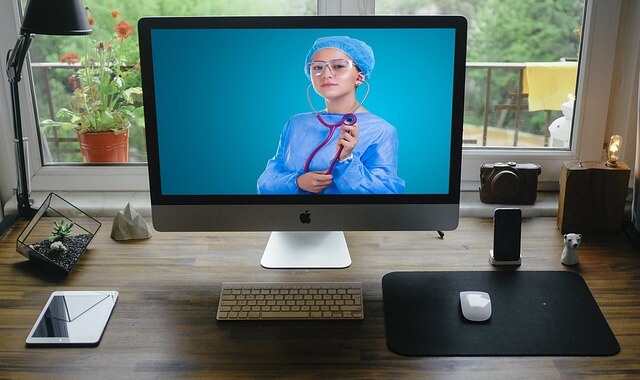The Evolution of Telemedicine: From Concept to Reality
Telemedicine, initially a concept driven by the need for improved access to healthcare, has now become a tangible reality. With advancements in technology over the past few decades, the concept of providing medical care remotely has transformed into a practical solution that is changing the face of the healthcare industry. The evolution of telemedicine has been marked by the integration of various technologies, from simple telephone consultations to sophisticated video conferencing and remote monitoring systems.
At its inception, telemedicine began as a means to bridge the geographical gap between healthcare providers and patients. The idea was to leverage technology to enable medical consultations and follow-ups without the need for physical presence. This concept was particularly valuable for patients living in rural or remote areas, where access to specialized medical care was limited.
It also became a crucial tool for emergency situations, where immediate medical attention was crucial but physically reaching a healthcare facility was not feasible. As technology progressed, so did the capabilities of telemedicine, and its scope expanded beyond geographical barriers to encompass various other aspects of healthcare.
Bridging the Healthcare Gap: Telemedicine as a Solution
The healthcare gap has long been a challenge, especially for individuals residing in remote or underserved areas. Access to quality healthcare services has often been limited, resulting in delayed or inadequate treatment. However, with the emergence of telemedicine, this long-standing issue is finally being addressed.
Telemedicine, in simple terms, refers to the provision of healthcare services remotely, using telecommunications technology. Through the use of video conferencing, telemonitoring, and mobile health applications, patients can now consult with healthcare providers and receive medical advice without the need for physical visits to a healthcare facility. This innovative approach has opened up new possibilities for bridging the healthcare gap, making healthcare more accessible to those previously left behind.

The implications of telemedicine are immense, particularly for individuals with limited mobility, those living in rural areas, or patients who require specialized care. In many remote regions, telemedicine has become a lifeline, allowing patients to connect with healthcare professionals through virtual consultations.
This not only saves time and effort but also minimizes the financial burden associated with traveling long distances for medical appointments. Moreover, telemedicine enables better coordination among healthcare professionals, facilitating seamless collaboration for diagnosis and treatment plans. By leveraging technology to overcome geographical barriers, telemedicine is paving the way for a more inclusive and equitable healthcare system.
Telemedicine Technologies: Enabling Remote Healthcare Services
Telemedicine technologies have rapidly advanced in recent years, revolutionizing the way healthcare services are delivered remotely. These technologies enable healthcare providers to reach patients in remote or underserved areas, bridging the gap between geographical distances and healthcare access.
The advancement of telecommunication tools and advancements in information technology have paved the way for telemedicine to emerge as a viable solution for remote healthcare services.
One key technology that enables remote healthcare services is video conferencing. This allows patients to connect with healthcare professionals in real-time, eliminating the need for physical consultations. With video conferencing, doctors can assess a patient’s condition, provide medical advice, and even diagnose certain ailments remotely.
Moreover, patients can also share vital medical information such as test results and images, enabling healthcare providers to make informed decisions about their treatment. The use of video conferencing technology not only saves time and travel costs but also improves efficiency and patient convenience in accessing healthcare services.
Another technology that plays a crucial role in enabling remote healthcare services is remote monitoring devices. These devices allow patients to measure and transmit essential health data to healthcare providers without having to visit a clinic or hospital. Examples of remote monitoring devices include glucose meters, blood pressure monitors, and wearable fitness trackers.
By collecting and transmitting this data, healthcare providers can monitor patients’ conditions remotely, make necessary adjustments to treatment plans, and provide timely interventions when required. Remote monitoring devices empower patients to take an active role in managing their health while receiving continuous support from healthcare professionals, regardless of their location.
In conclusion, telemedicine technologies, particularly video conferencing and remote monitoring devices, have proven to be powerful tools in enabling remote healthcare services. They facilitate easier communication between patients and healthcare providers, breaking down barriers of distance and accessibility.
As technology continues to evolve, it is likely that telemedicine will become an even more integral part of the healthcare system, expanding access to quality healthcare services to populations previously underserved.


